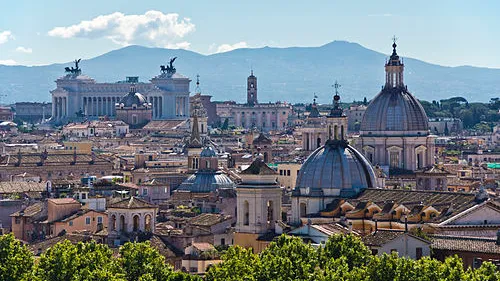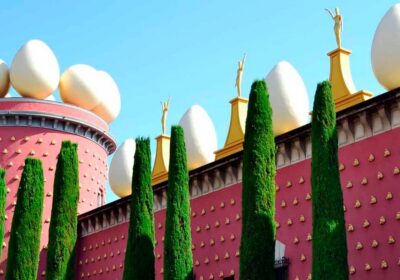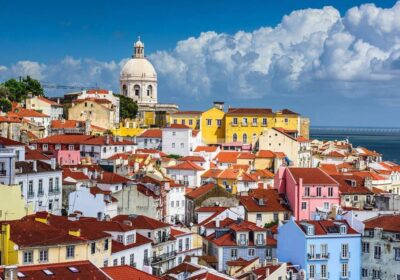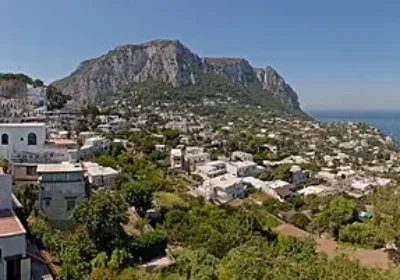The tour we offer will help you understand what this city is all about.
On the walking tour we will see:
The Colosseum, built for bloody spectacles in 80 AD.
The Arch of Constantine, dedicated to the emperor who united the empire and legalised Christianity,
The Arch of Titus Flavius, the Roman and imperial forums, where the political, commercial and religious life of the city took place (from viewing platforms),
Capitoline Hill, already in antiquity the main hill in Rome,
Capitoline Square, with the Equestrian Monument to Marcus. with the Equestrian Monument to Marcus Aurelius,
the staircase designed by Michelangelo,
the Insula, a dwelling for the poor,
the 1st century BC Marcello Theatre,
Venice Square and Palazzo Venezia. Venice and the Palace of Venice,
Mussolini’s balcony,
notes on the floods in Rome,
The Pantheon, the temple of all the gods, the first pagan temple consecrated as a church in 608 AD.э.,
Navona Pl. Navona – the former stadium of Domitian Flavius,
Bernini’s Fountain of the 4 Rivers,
Pl. Montecittorio and the sundial of Emperor Augustus,
Pl. Columns with the Column of Marcus Aurelius,
via del Corso (aka via Flaminia and via Lata),
Trevi or “fountain of wishes”,
Aqueduct (aqueduct) of Vergine 1st century BC.э.,
Pl. Spain, Spanish Steps,
Pietro Bernini’s Boat Fountain,
Avia Condotti – the street of high fashion,
Antico Cafe Greco, whose regulars were N. V. Gogol.Gogol, whose portrait still adorns the interiors of the famous café. He himself lived nearby – on Via Sistina 126, and every morning he came to the terrace above the Spanish Steps and said hello to Rome.
After the end of the tour you can have lunch or dinner in a restaurant near the Spanish Square (there are a great number of them – all offer excellent Mediterranean cuisine) and walk along the panoramic platforms of the Pincio Hill with beautiful views of Rome – up to the People’s Square. People’s Square, where travellers enter the city via Porta del Popolo. There you can visit the church of Santa Maria del Popolo, where you can see Caravaggio’s paintings “The Crucifixion of St Peter” and “The Conversion of Saul”.

















